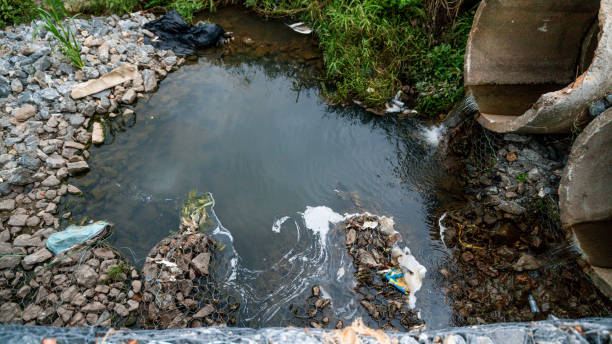A UK Business Guide by Scalex Technology
Water is one of the most valuable—and vulnerable—resources on the planet. Yet a significant portion of it becomes waste water, either through domestic, commercial, or industrial use. But what exactly is waste water, and how can your organisation reduce it?
In this guide, Scalex Technology breaks down the types of waste water, the environmental and financial impact of poor water management, and most importantly—how to reduce waste water in your workplace or facility.
🌊 What is Waste Water?
Waste water is any water that has been used and is no longer clean or suitable for its original purpose. This includes water from:
- Toilets and urinals (sewage)
- Showers and sinks (greywater)
- Industrial processes
- Cooling systems
- Food preparation and cleaning
Once contaminated, waste water must be treated before being discharged back into the environment—or reused responsibly.
🧾 Types of Waste Water
| Type | Source | Description |
|---|---|---|
| Greywater | Sinks, baths, dishwashers | Contains soap, food waste, grease |
| Blackwater | Toilets and urinals | Contains human waste and pathogens |
| Industrial | Factories, manufacturing sites | Often contains chemicals or toxins |
| Stormwater | Rainwater runoff | Can carry debris, oil, or heavy metals |
🚨 Why Reducing Waste Water Matters
In the UK, water utilities treat billions of litres of waste water daily. However, overburdened systems, rising treatment costs, and climate pressures make waste water management a growing challenge.
⚠️ Consequences of Waste Water Mismanagement:
- Higher water bills and waste charges
- Risk of regulatory non-compliance (Environment Agency fines)
- Damage to corporate sustainability targets
- Pollution of rivers, streams, and coastal waters
✅ How to Reduce Waste Water in the Workplace
Reducing waste water doesn’t mean limiting necessary use—it means being smarter about how you use, monitor, and recycle it. Here’s how:
1. Install Low-Flow Fixtures
Reduce the volume of water used per flush, rinse, or wash:
- Dual-flush toilets
- Water-saving taps
- Sensor-activated wash basins

2. Use Smart Meters and Leak Detection
Real-time monitoring solutions—like those from Scalex Technology—can:
- Identify invisible leaks
- Track unusual spikes in usage
- Help set water reduction targets
3. Reuse Greywater
Greywater systems can filter and reuse waste water from sinks and showers for:
- Toilet flushing
- Landscaping or irrigation
- Cooling tower replenishment
4. Upgrade Industrial Processes
- Use closed-loop systems that recycle water internally
- Replace water-cooled machinery with air-cooled alternatives
- Treat and reuse water onsite where regulations allow
5. Train Staff
Simple behaviour changes help massively:
- Turn off taps fully
- Report leaks immediately
- Use dishwashers and washing machines only on full loads
6. Automate Water Control
Set up:
- Timed irrigation systems
- Occupancy-based washroom flushing
- Flow restrictors in kitchens or production lines
♻️ Waste Water Treatment in the UK
In the UK, waste water is treated by local utilities before being discharged. Businesses that discharge large volumes or hazardous water may need a trade effluent consent from their water provider.
Learn more:
Visit GOV.UK – Trade Effluent
📊 Business Benefits of Reducing Waste Water
- Lower water and waste bills
- Reduced carbon and environmental footprint
- Improved ESG performance for investors and regulators
- Better employee awareness and corporate responsibility
🔧 How Scalex Technology Can Help
At Scalex Technology, we provide UK businesses with smart metering, leak detection, and water analytics platforms that make waste water reduction measurable and manageable.
Whether you’re managing a corporate HQ, a hotel, or a manufacturing plant, our solutions help you:
- Track water usage in real-time
- Detect inefficiencies and leaks early
- Automate compliance and reporting
- Hit your Net Zero and ISO 14001 targets
📞 Ready to Reduce Waste Water?
Get in touch with Scalex Technology today for a free consultation. Learn how your business can cut costs, meet sustainability goals, and lead the way in smart water use.
